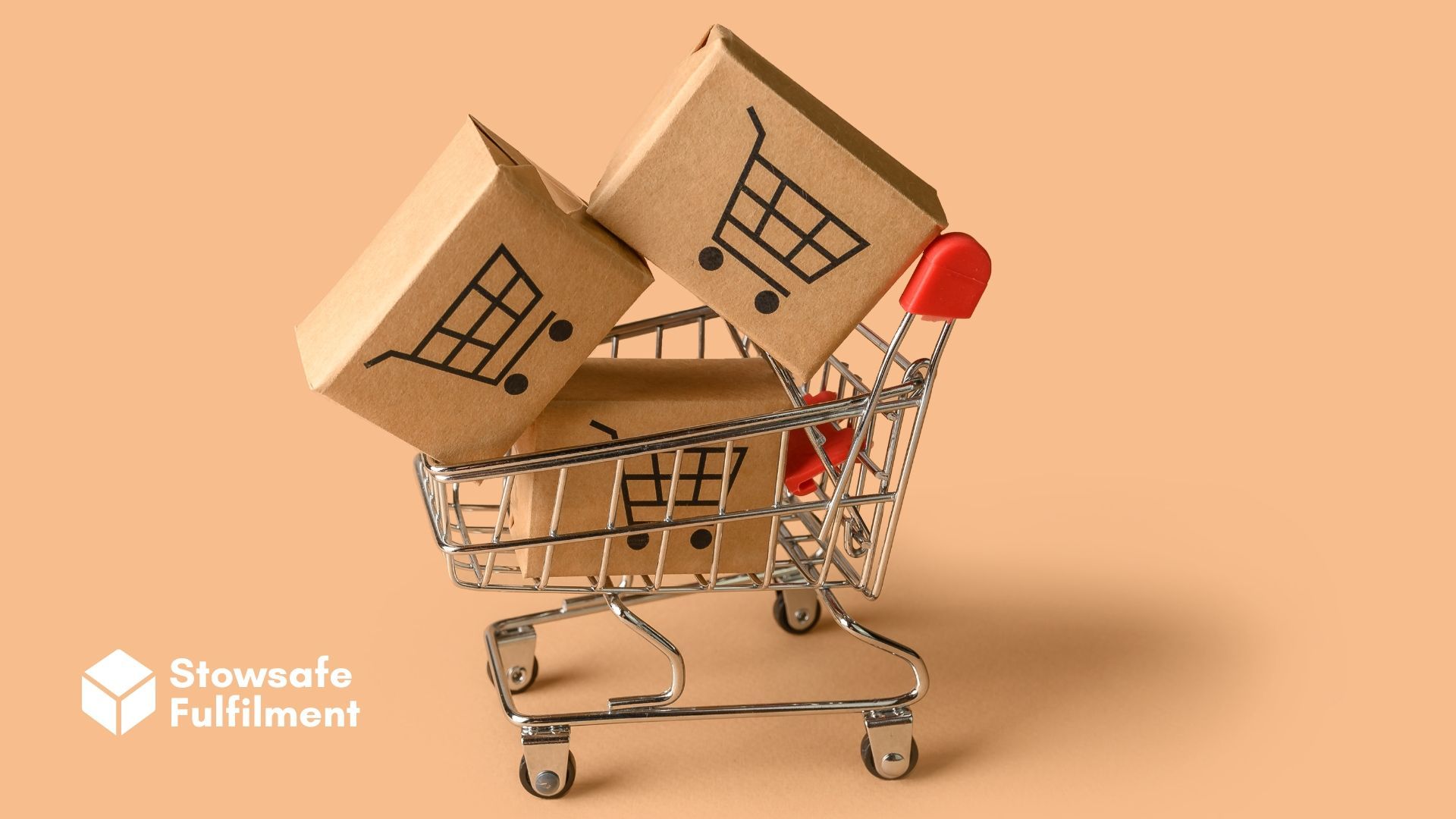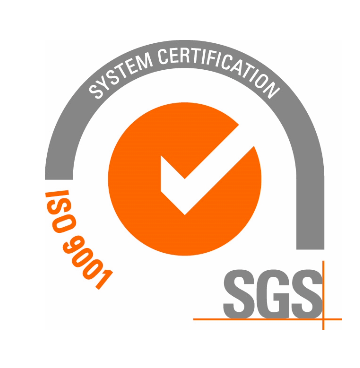Adobe Commerce is a powerful online eCommerce platform for businesses. But how is it different from Magento? Get the facts in our accessible explainer.

Once upon a time, Magento was an open-source eCommerce platform used across the world. Over the years, it was the starting point for over 150,000 online stores. But in 2018, it was acquired by Adobe and is now on the market as Adobe Commerce.
So far, so simple. Like Marathon bars becoming Snickers, what we used to call Magento is now Adobe Commerce. Simple!
Sadly, few things in life are quite that simple. While Magento proper has been bought out and rebranded by Adobe, programmers still use Magento 2.
Confused? Read on and it'll be as clear as day.
What is Adobe Commerce?
Adobe Commerce is an eCommerce platform that's built to serve the needs of large businesses. It's powered by Magento's source code, which remains open-source despite Adobe's takeover.
Like Adobe Photoshop, its selling point is that it simplifies the design process. Whereas Magento requires a certain level of coding know-how, Adobe Commerce can be used by anyone.
It consists of pre-existing blocks that can be arranged to design web stores, merchandising, product recommendations, and more. It also features a business intelligence dashboard, providing users with handy stats about their store's performance.
The main advantages of Adobe Commerce are those of software-as-a-service (SaaS) solutions in general. It's a single suite of products that's easy to use. By embracing SaaS, businesses don't need to worry about updates or maintenance and can scale up or down as necessary.
What is Magento 2?
Magento 2 is an open-source eCommerce solution. "Open-source" means that businesses and developers can freely take, adapt and customise the software. Unlike Adobe Commerce, Magento 2 is free.
To take an analogy from warehousing, people who use Adobe Commerce are renting a space and its resources. They can use the space but they can't swap out any features. Magento 2, however, is like a warehouse space that can be used however you like. This makes it an attractive option to developers who want to tweak the core code and don't want to be locked into a software license.

Magento 2 offers a "what-you-see-is-what-you-get" (WYSIWYG) page builder and essential components such as checkout, payment, shipping and inventory management.
If you have some understanding of code or are willing to learn, Magento 2 can seem like the logical choice. However, it's important to note that it's only ostensibly free.
What we mean by this is that while the platform itself is free, users need to factor in several costs. While free extensions are available, most users will pay for premium extensions, themes, customisations, upgrades and maintenance.
What's the story behind the takeover?
In 2018, Adobe was the market leader in design software. By acquiring Magento, it added an eCommerce platform to its software offerings. One analyst put it
like this:
"Now they have an offering that allows them to close the loop with consumers, who are able to finalise a digital transaction that started online with digital marketing tools Adobe already offered."
Adobe bought Magento for $1.68 billion. The deal was sealed on 21 August 2018, and Magento's digital commerce platform was folded into the Adobe Experience Cloud.
Like all the big tech players, Adobe has a history of acquiring software companies. Since being founded in 1982, it's acquired a total of 25 companies, including one of its flagship products, Photoshop.
Who created Magento?
Magento was launched in 2008 by Roy Rubin and Yoav Kutner, two UCLA grads who were inspired by another eCommerce software solution called osCommerce. They built the platform from scratch and it took off almost immediately.
Within a year, it had overshot osCommerce and caught the eye of bigger software providers long before Adobe's takeover. In 2011, eBay acquired the company and integrated PayPal into the system.
However, PayPal and eBay split in 2015, meaning Magento was out on its ear. Independent once again, it launched its Enterprise Edition in 2016.
What is Magento order fulfilment?
As your eCommerce business grows, you may find that you struggle to fulfil all the orders yourself – especially if you're trying to keep other balls in the air. When today's agenda features meetings, research and development time, website troubleshooting
and a trip to the Post Office, you know it's time to think about outsourcing.

However, if you use Magento to fulfil your orders, you need to pick a third-party logistics (3PL) partner that can integrate with it. In practice, this means that its warehouse management system (WMS) must be able to work with Magento's backend and payment infrastructure without any fuss.
At Stowsafe Fulfilment, we offer just that. We store your inventory at our 24,500-square-foot warehouse, handily situated near major motorways. Then, as soon as an order comes in via Magento, we get to work picking, packing and dispatching.
It's extremely easy to set up but is guaranteed to free up your time so that you can focus on all the other things you need to do to make your business grow.
That's not all we offer. We create a bespoke fulfilment package for each client, every one of which gets a dedicated client manager.
If you approach a 3PL and they can't integrate your existing eCommerce solution, look elsewhere. You shouldn't have to revamp your existing methods to work with a fulfilment partner.
Conclusion
Despite its acquisition by Adobe Commerce, Magento remains one of the most popular and trusted eCommerce platforms in use today.
If you use it to fulfil your orders and are thinking of pairing up with a 3PL, don't worry – many companies, ourselves included, can seamlessly integrate Magento with their WMS. That means one less thing for you to think about and a reliable service to keep the customer satisfied. Win-win!
Are you looking for
Magento fulfilment services? Don't hesitate to
get in touch with Stowsafe Fulfilment for a free, no-obligation consultation.
All Rights Reserved | Stowsafe Fulfilment














